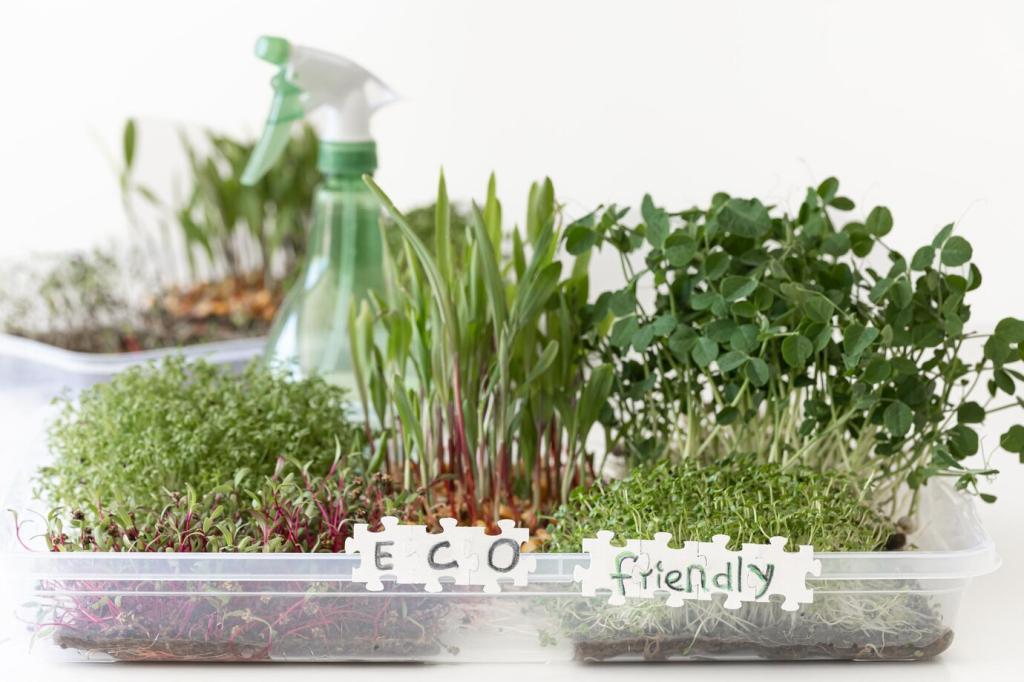Seasons, Droughts, and Urban Resilience
Shift showers earlier or later to avoid heat-related demand surges. Water plants at dawn, using saved kitchen rinse water. Batch laundry to reduce frequent machine fills. Tell us your summer-saving routine, and we’ll compile a community cheat sheet to help everyone thrive during tighter urban water seasons.
Seasons, Droughts, and Urban Resilience
Insulate exposed pipes where possible and maintain steady indoor temperatures. Drip faucets during deep freezes only if advised locally, then stop to avoid waste. A burst pipe wastes enormous water. Share your winter checklist, especially in older buildings, so neighbors can prevent emergencies and conserve through cold snaps.








